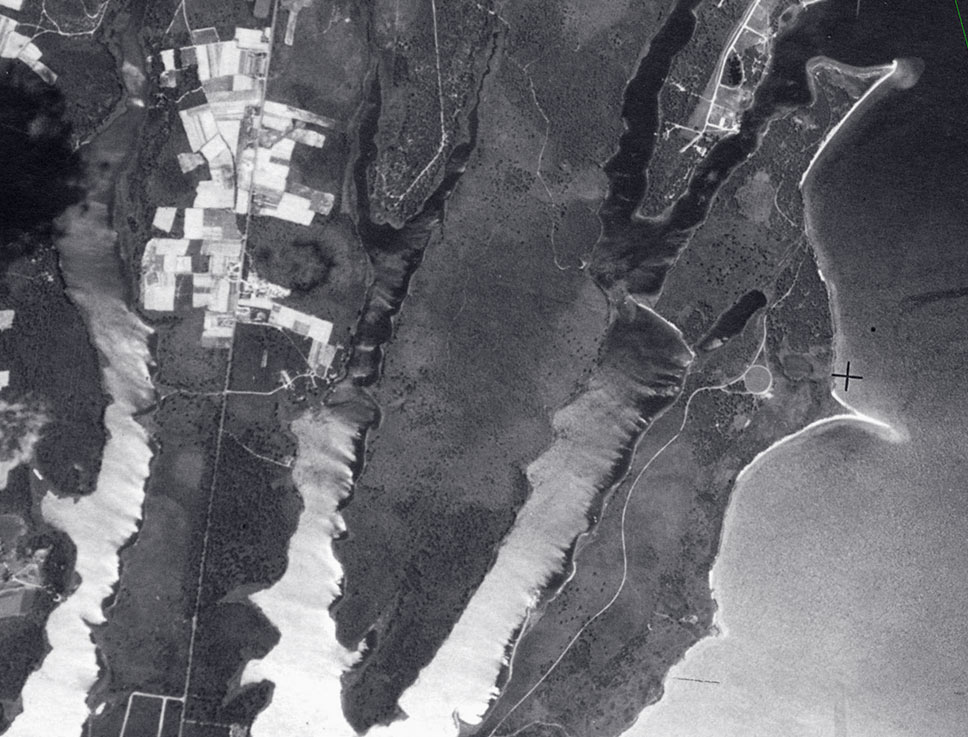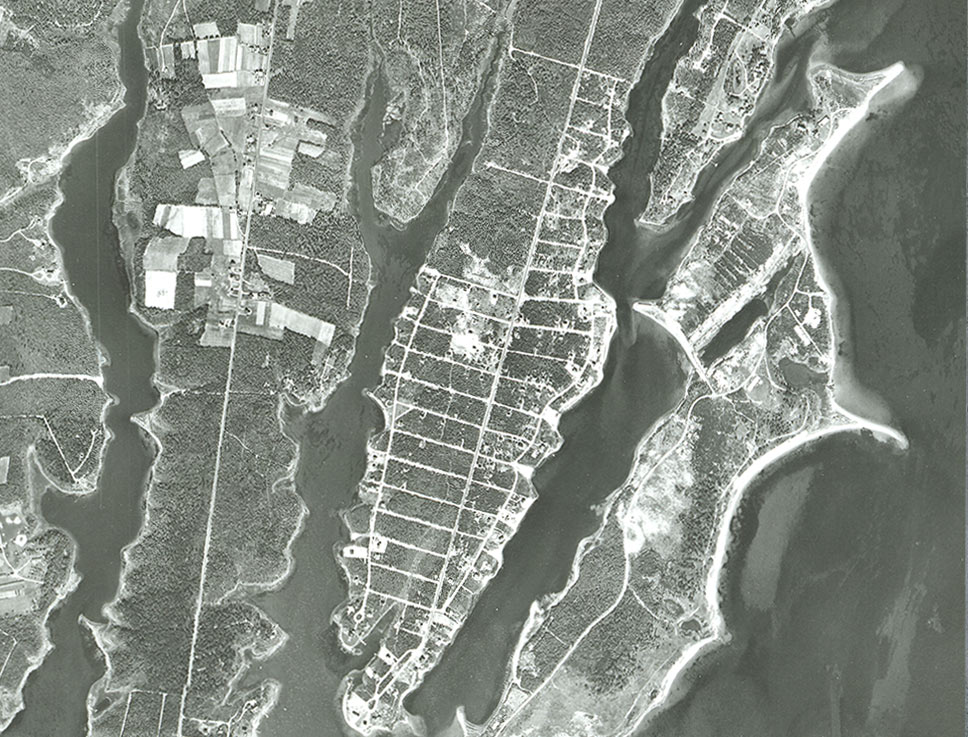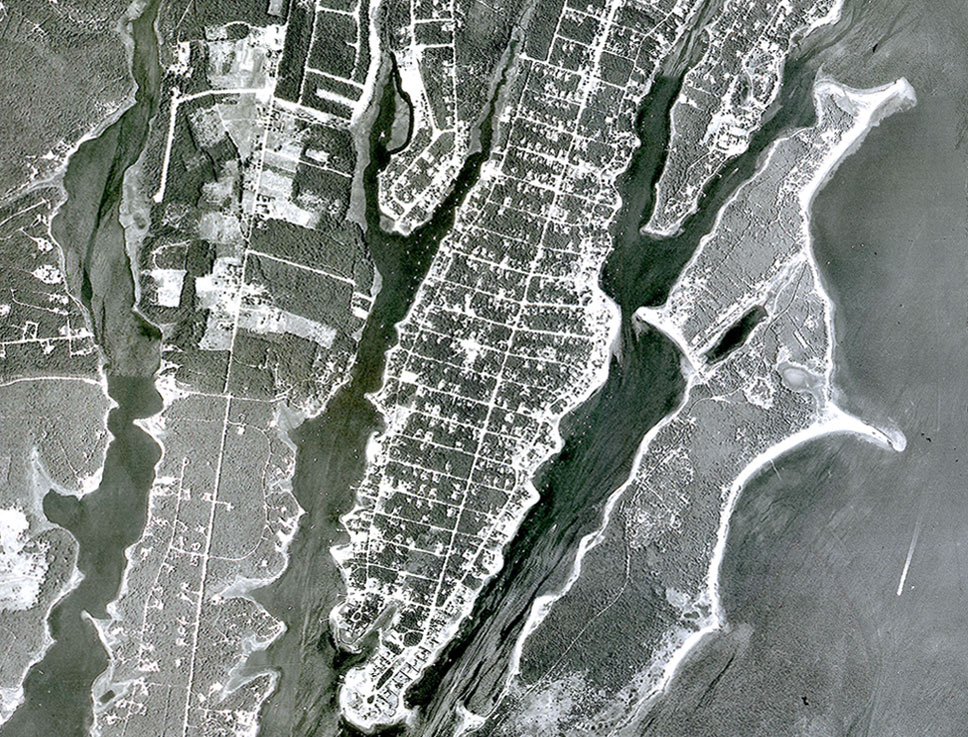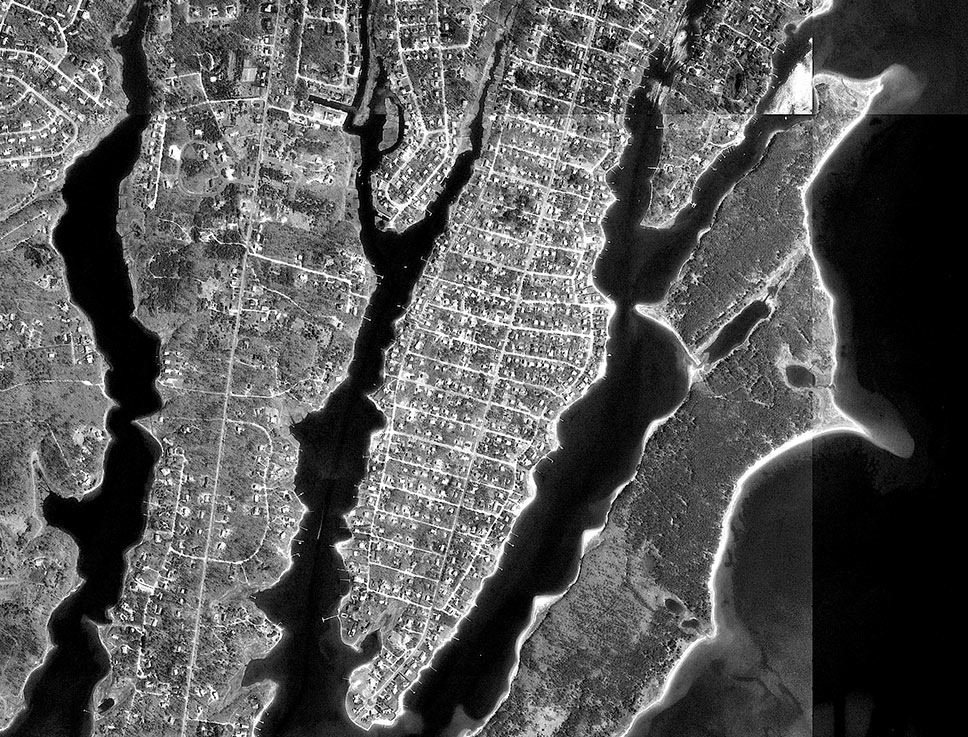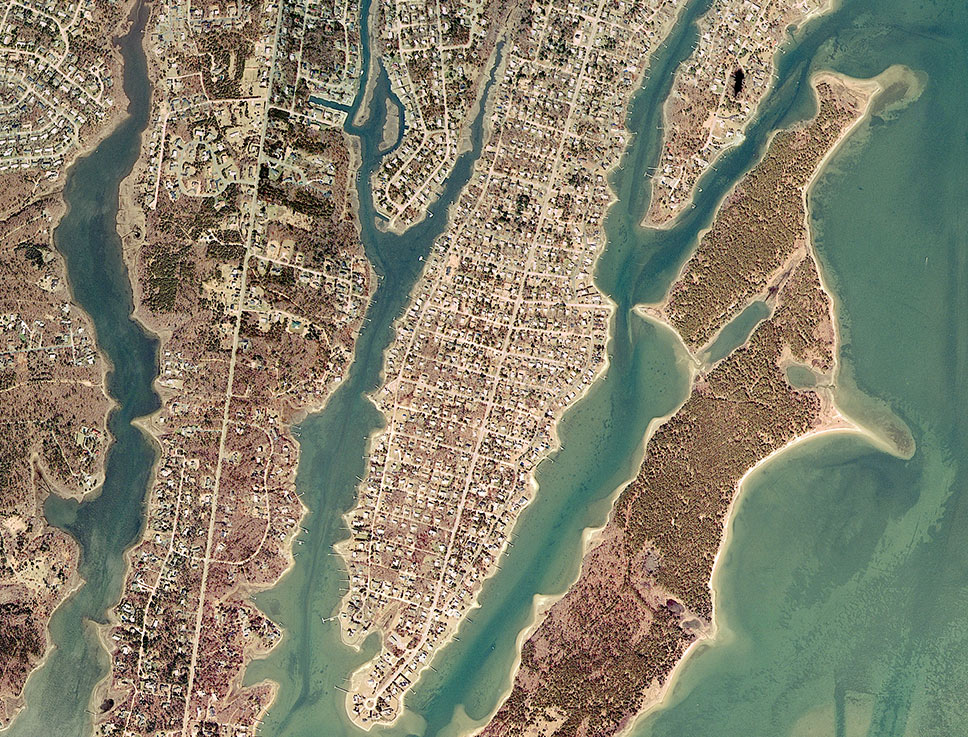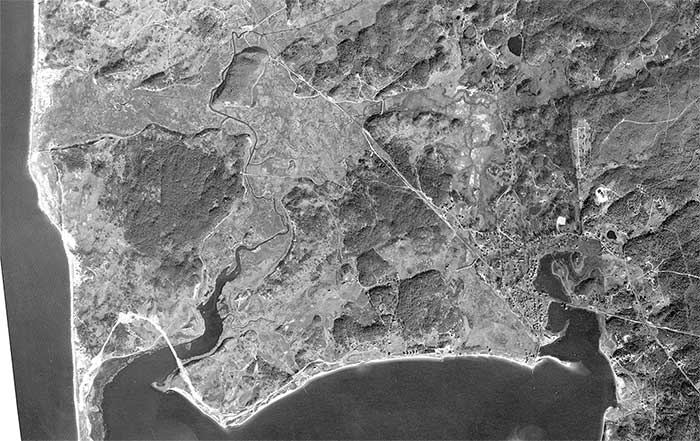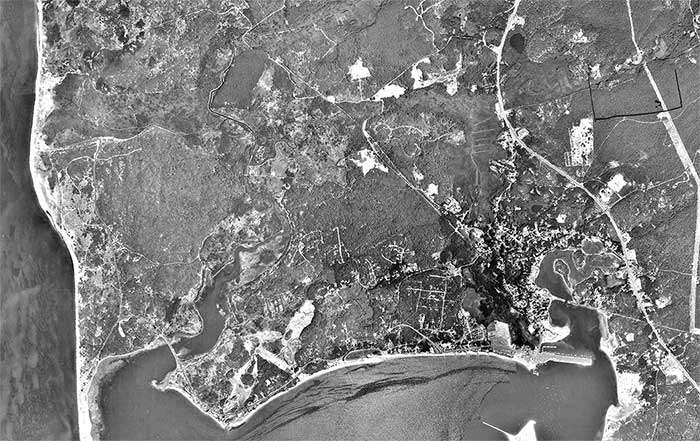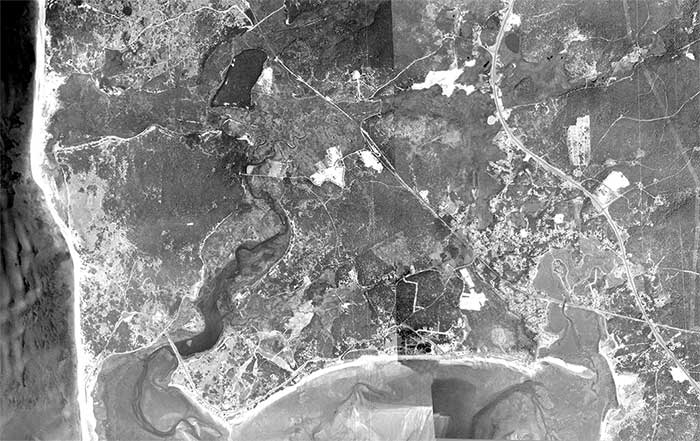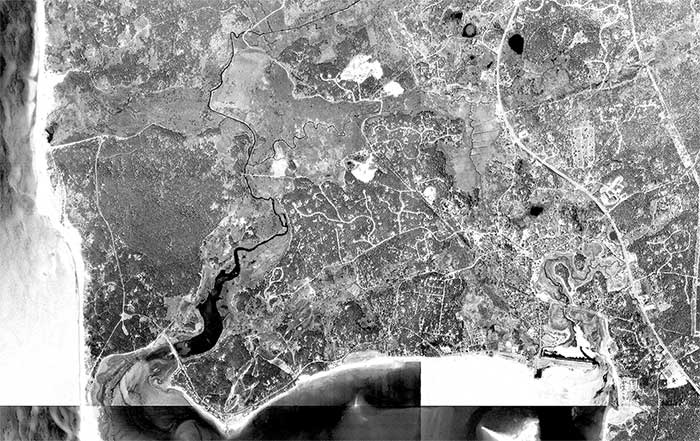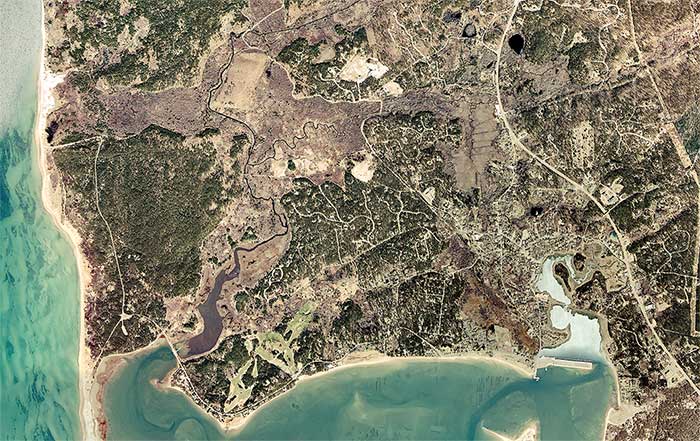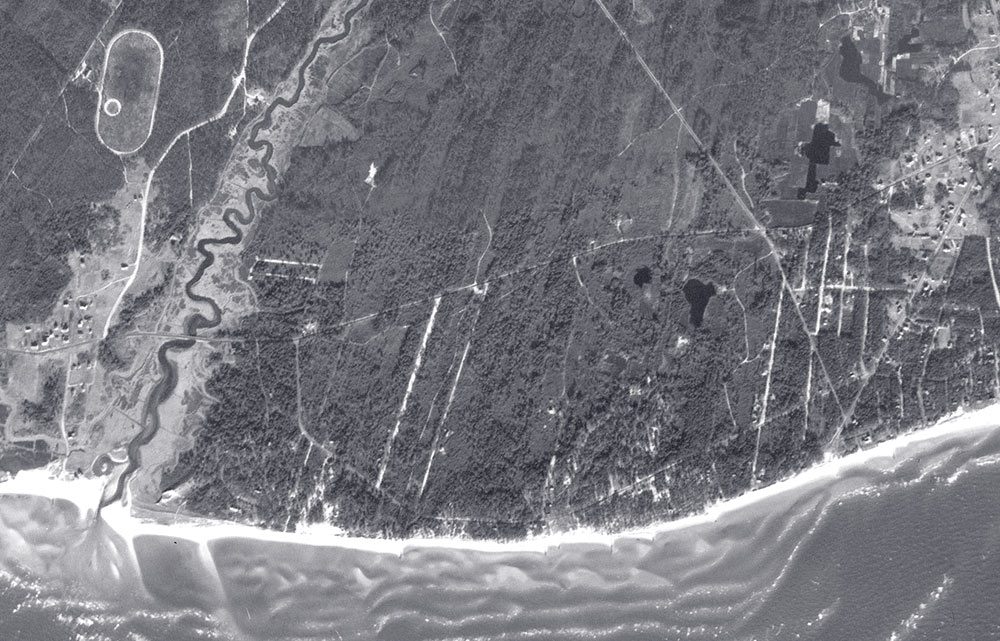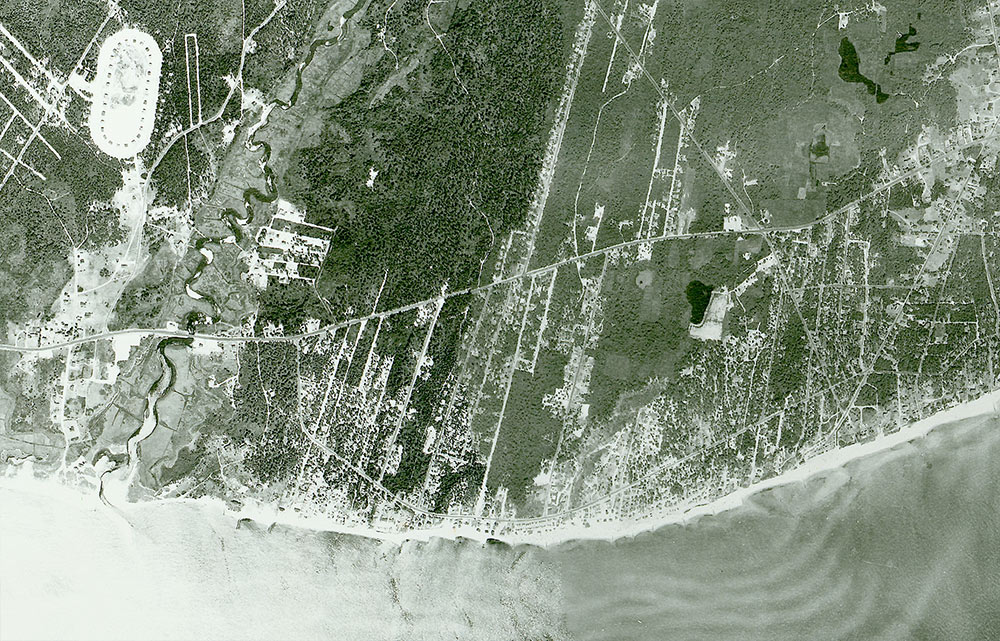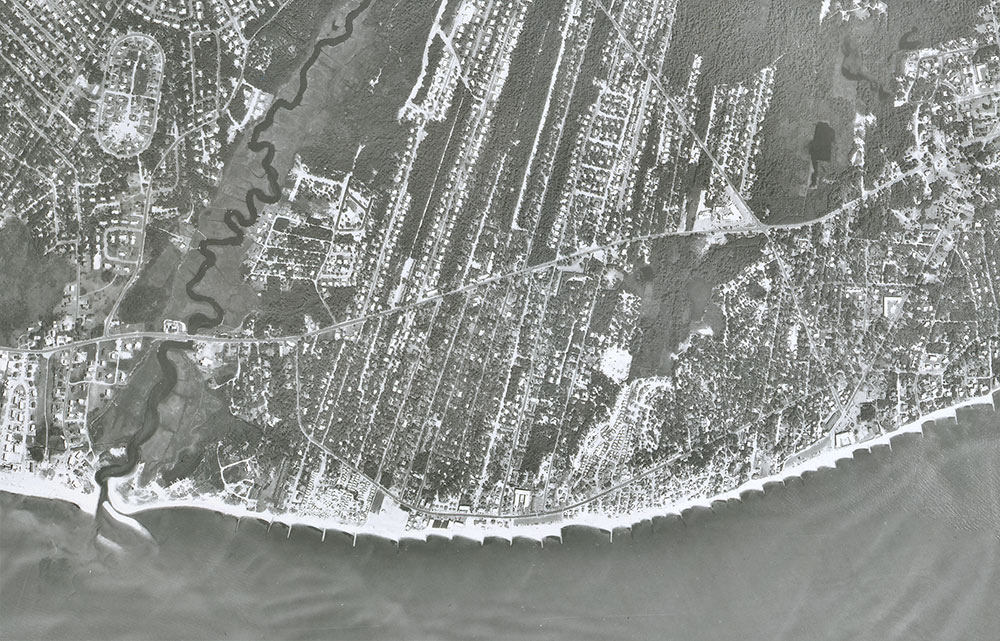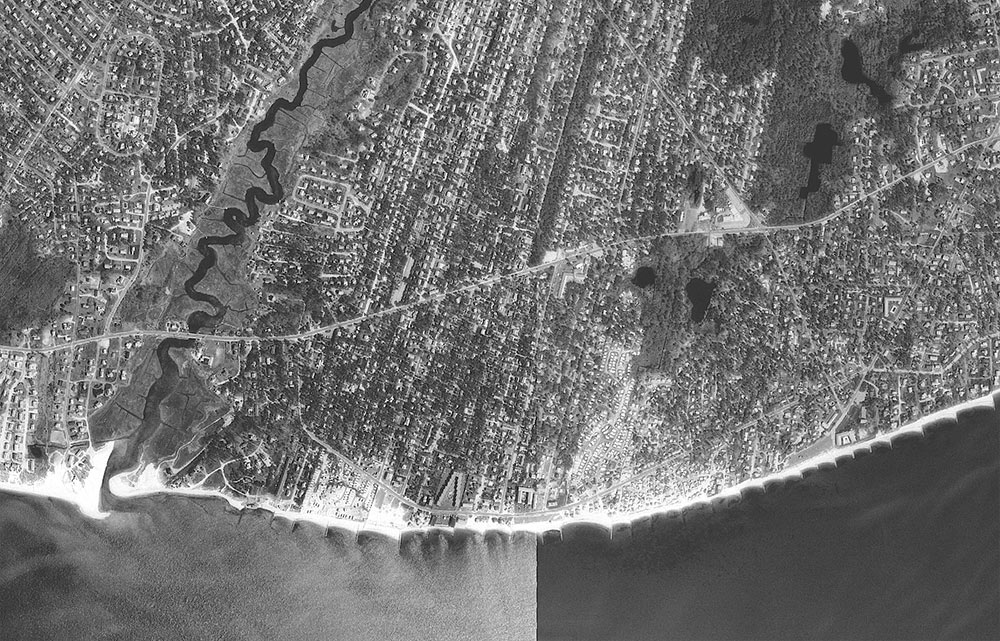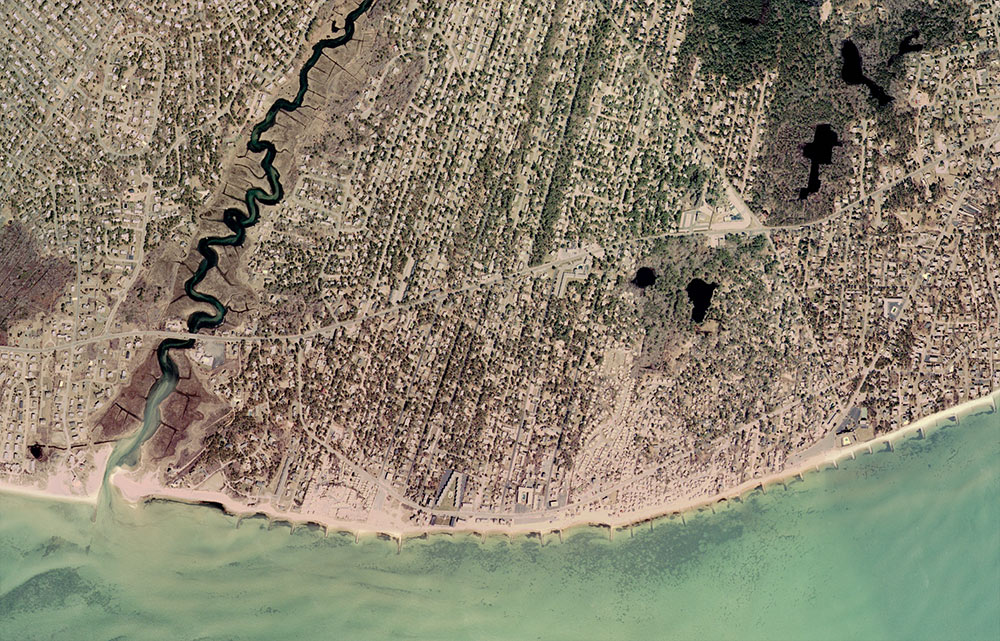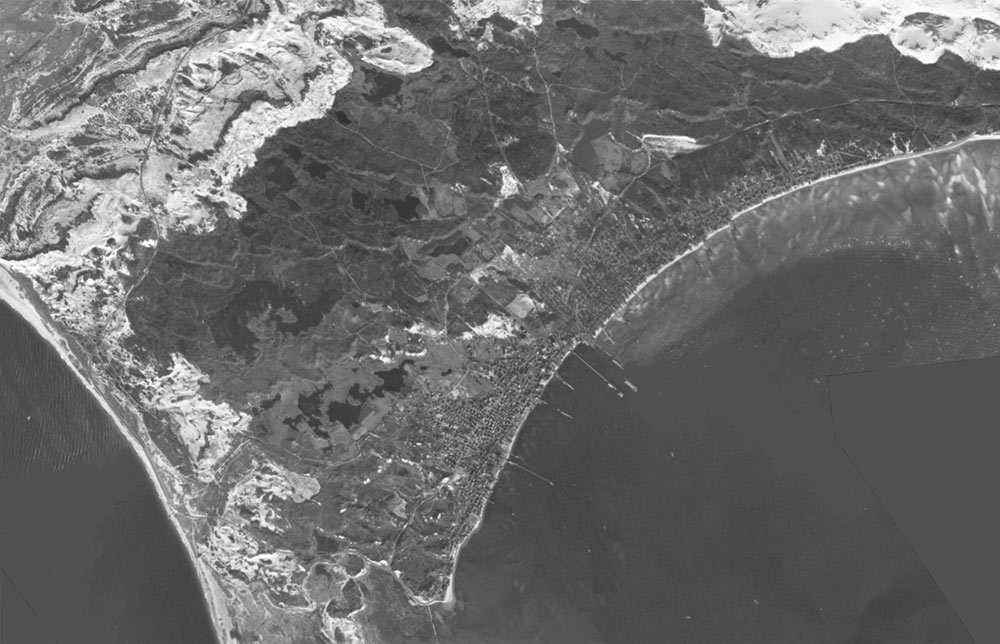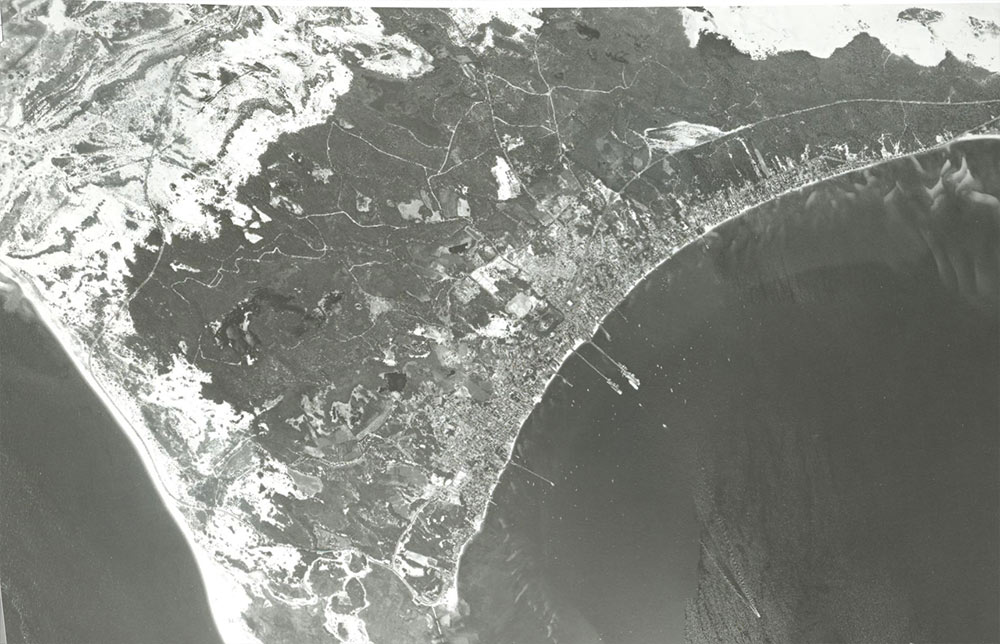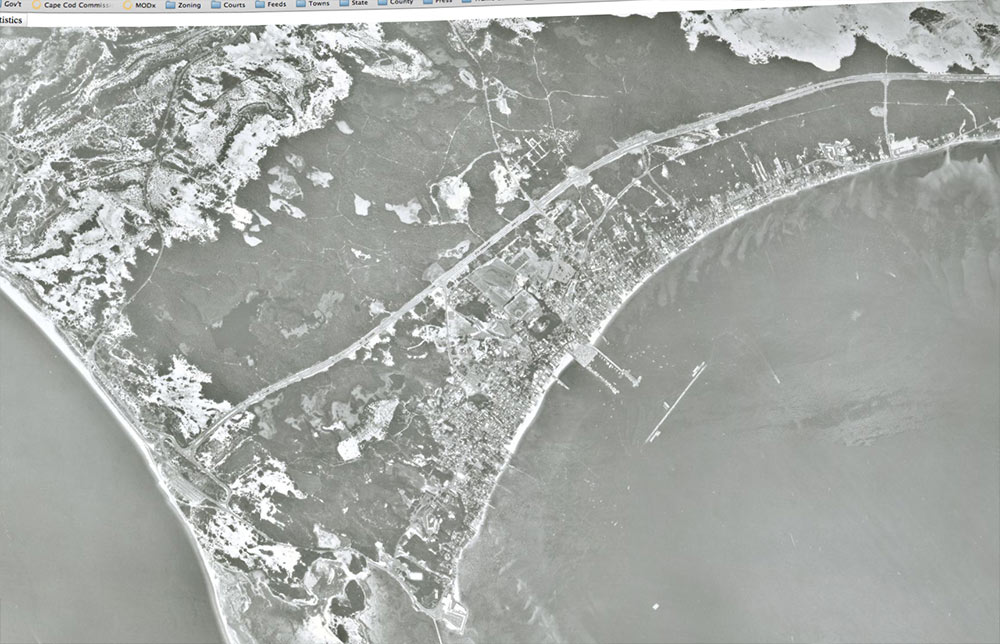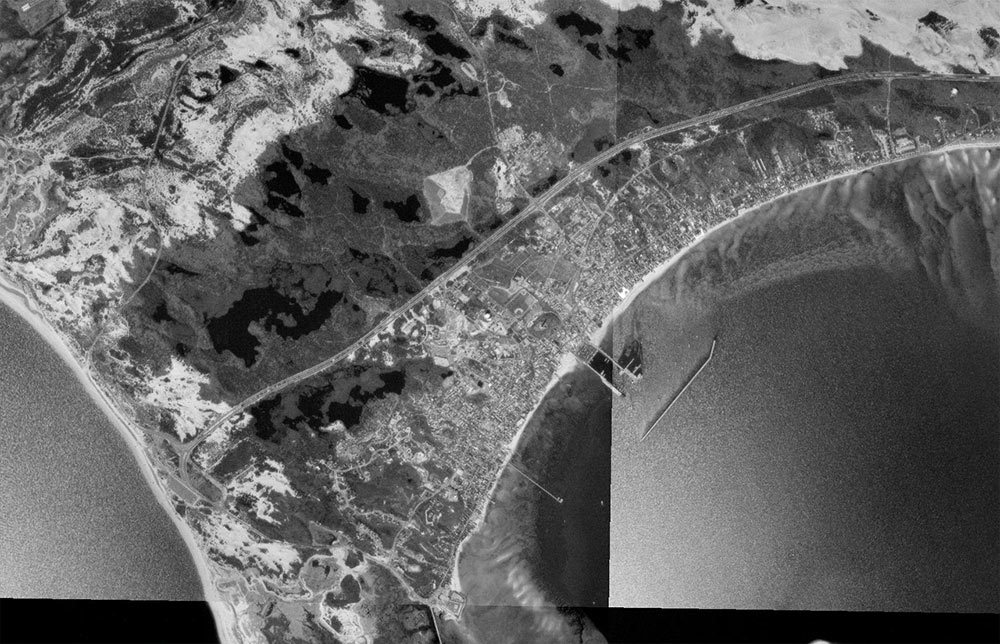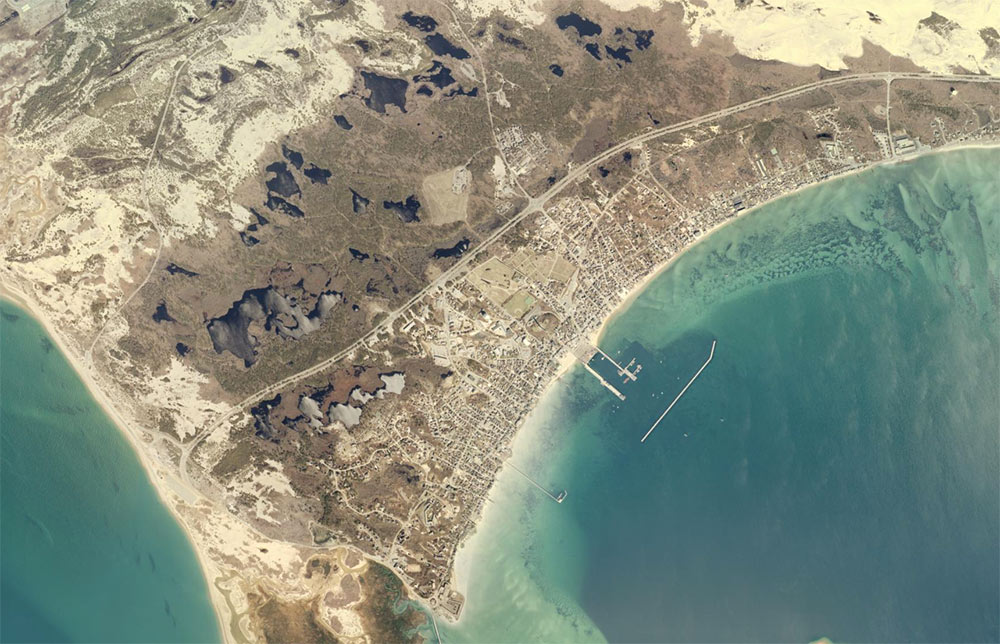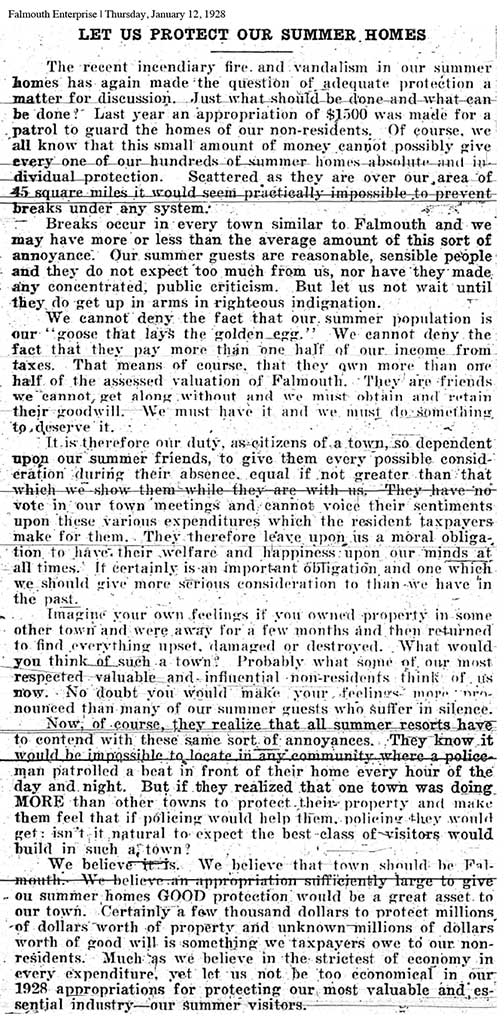
The importance of Falmouth’s summer homes and seasonal residents was recognized long ago. Their rise in numbers and investment followed on the heels of the decline of important town industries, including the collapse of the Pacific Guano Co. Its proprietors played a pivotal role in bringing the railroad to Woods Hole, which delivered seasonal visitors to town after the company closed shop in 1889. The former site of the guano works on Penzance Point was subdivided and turned into some of the most prized summer home locations in Falmouth and all of Cape Cod.
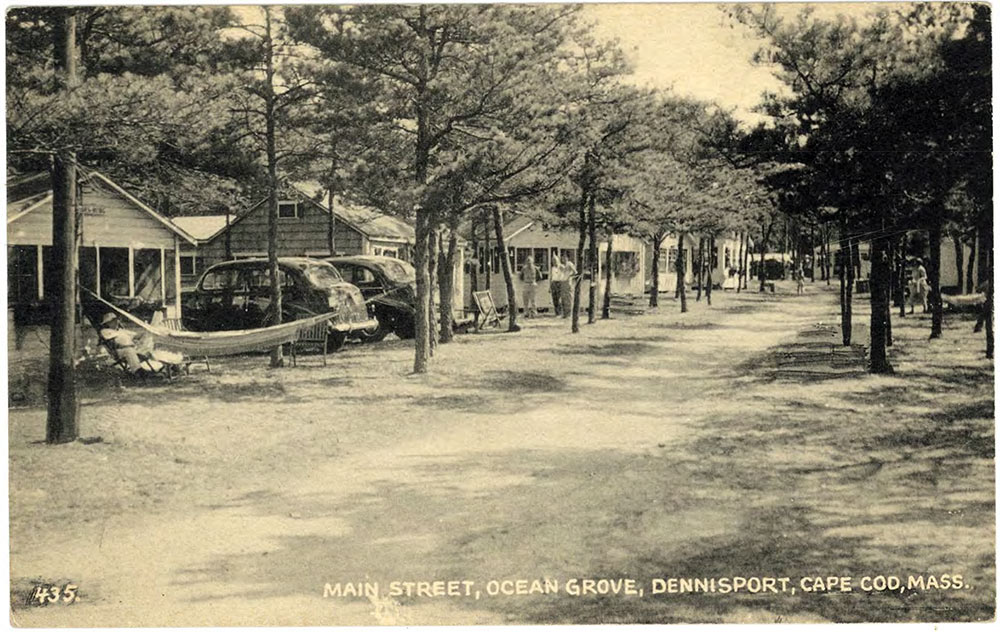
Dennisport has the highest concentration of seasonal homes on Cape Cod. It owes this distinction to its history as a summer campground destination. On small lots leased from campground operators, tightly packed colonies of small cottages grew.
More traditional home developments followed in close proximity to the campgrounds, but the seasonal nature of the area remained.
Information available though the Dennis Planning Department suggests that the cottage area of Dennisport started after World War II, with more of a structureless campground prior.
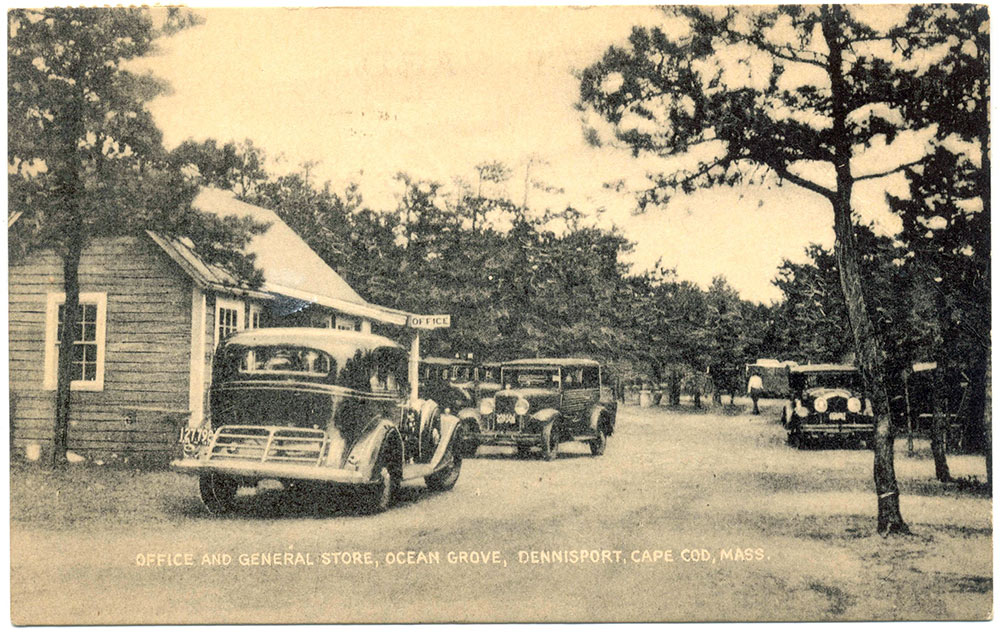
Campgrounds had a bad name across the Cape. A 1936 Cape Cod Standard Times editorial called on towns to eliminate and prevent them. Dennis responded with a 1937 bylaw that spelled out the standards for construction, including length of stay and lot size (minimum 600 square feet).
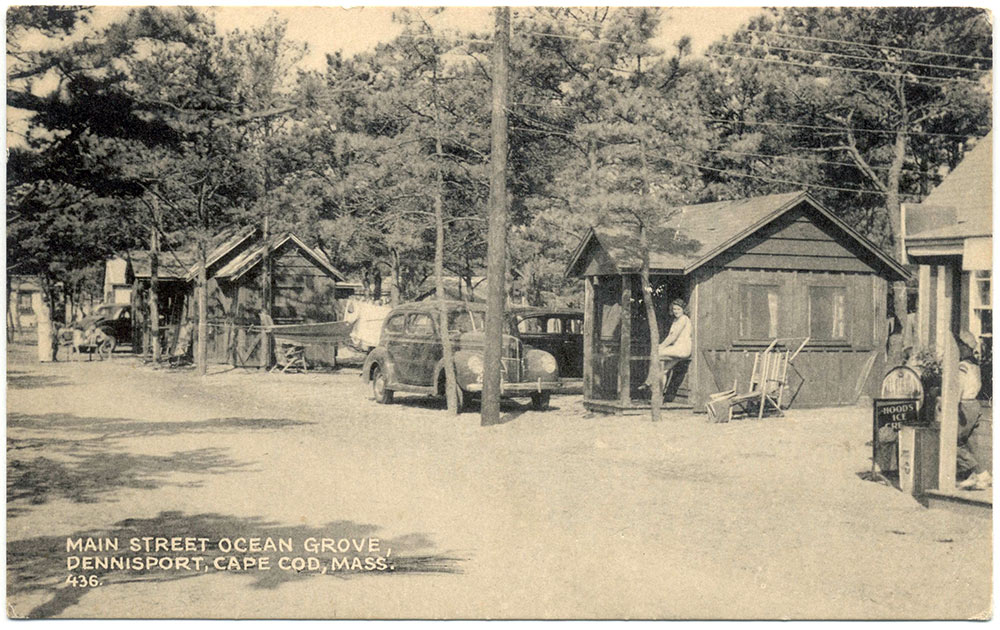
One of the oldest campgrounds converted to upscale cottage use over the past two years. Pressure to improve wastewater treatment was among the drivers for that change.
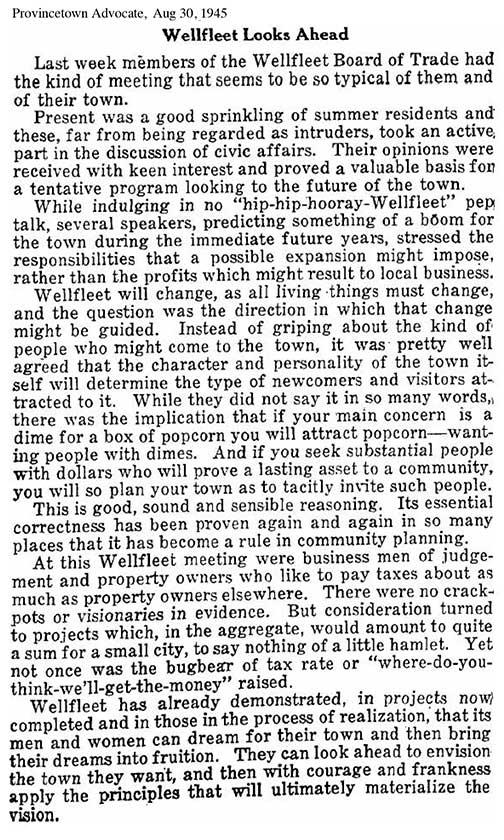
Non-resident taxpayers have played a part in Wellfleet’s civic life, and generally a welcomed one at that. Despite suspicions that a “Summer Residents’ grievance Society” was forming in 1938, the group known as Wellfleet Associates was among the first non-resident groups on the Cape.
It was much less a taxpayers association than a booster organization for the town. It inaugurated a July 4 celebration, town bulletin board, and coordinated meetings between summer residents and town officials and generally helped further the needs and progress of civic life.
The collegial relationship between Wellfleetian residents and non-residents was noted in a 1945 Provincetown Advocate editorial.
Their annual tax contributions to the town were also recognized. As was the case in many Cape communities, seasonal residents paid more than 50 percent of town taxes. In 1940, the Massachusetts Commissioner on Taxation estimated that 52 percent of Cape taxes was paid by non-residents.
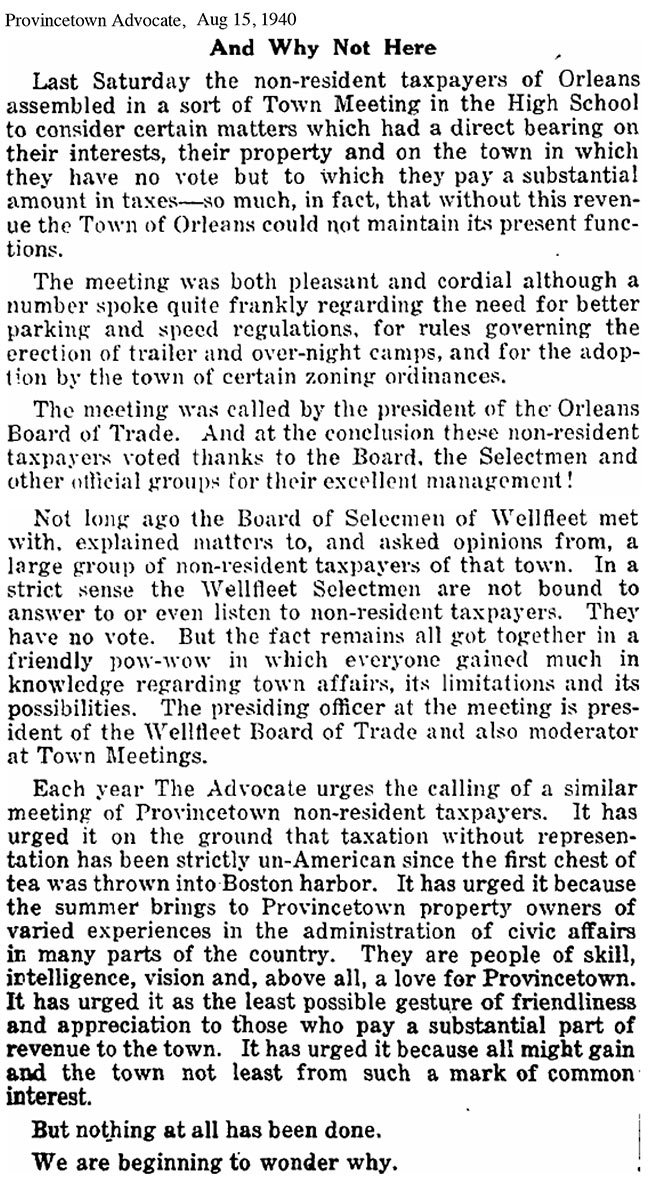
With little available land for new construction and high demand for housing, Provincetown has seen the greatest displacement of residents as a result of second-home-driven real estate prices.
Even as the town gains in total housing units, it is losing population. Most of the new units are marketed to and acquired by those looking for second homes or vacation spots. Typically, these buyers have more disposable income and can bid beyond market values to achieve their ownership goals.
A recent Cape Cod Times series on affordable housing featured this issue and the displacement its causing for year-round residents. It was also address by the Cape Cod Wave in 2014.






